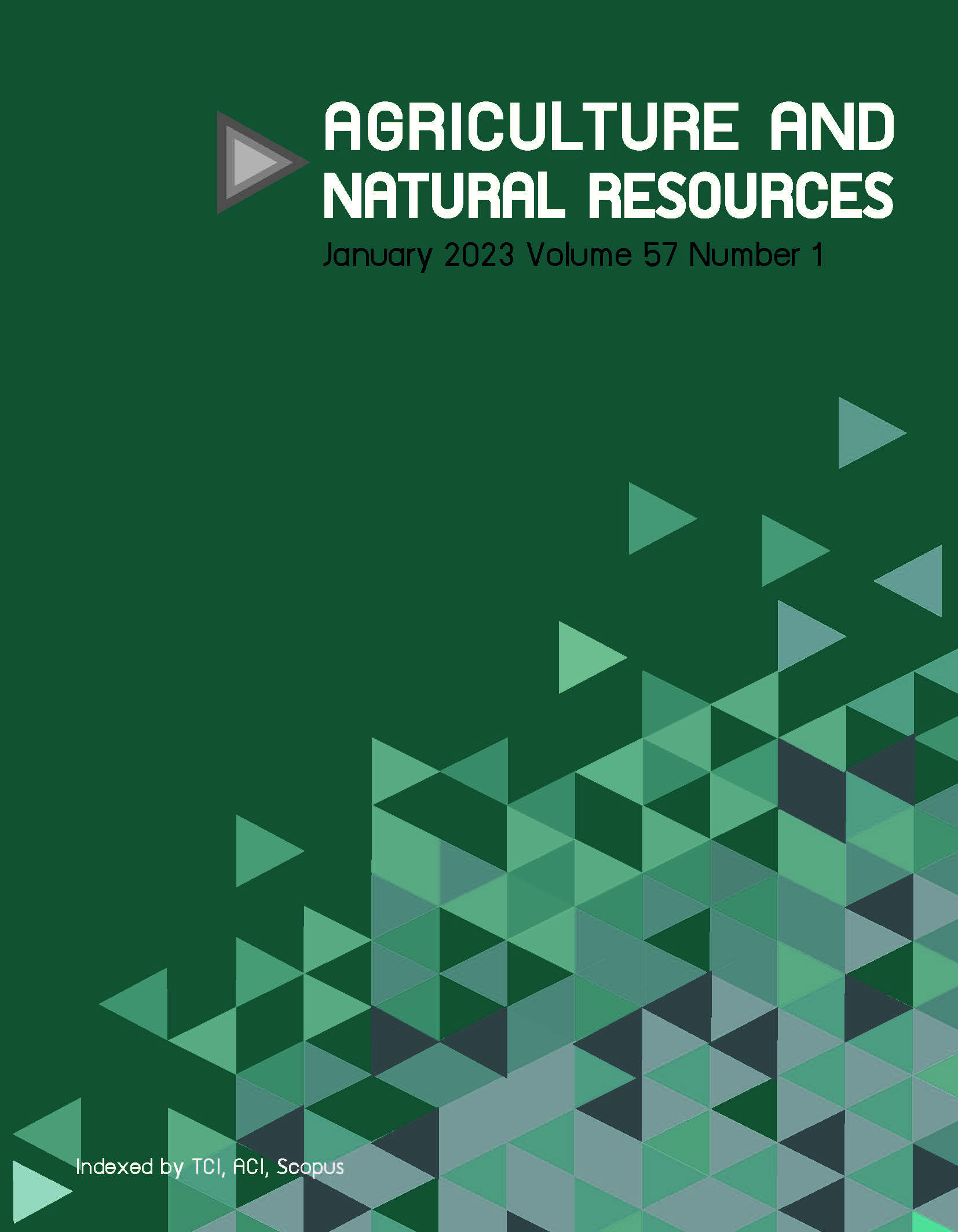Antimicrobial activity of microencapsulated nisin with ascorbic acid and ethylenediaminetetraacetic acid prepared using double emulsion and freeze-drying technique against Salmonella Enteritidis ATCC 13076 in culture broth and minced fish
Keywords:
Ascorbic acid, Ethylenediaminetetraacetic acid (EDTA), Encapsulation, Nisin, Salmonella EnteritidisAbstract
Importance of the work: Nisin, a ‘generally recognized as safe’ natural antimicrobial agent, has poor antimicrobial activity against Gram-negative bacteria and is easily combined with food components.
Objectives: To enhance the antimicrobial activity of nisin against Gram-negative bacteria and to prolong its antimicrobial activity using an encapsulating-technique.
Materials & Methods: Nisin (N) was combined with ascorbic acid (A) and ethylenediaminetetraacetic acid (EDTA, E) at final concentrations of 500 parts per million (ppm), 2,000 ppm and 250 ppm, respectively. Subsequently, double emulsion and freeze-drying techniques were applied to encapsulate the N-A-E mixture to decelerate their release and prolong their antimicrobial activity in culture broth and a minced fish sample.
Results: Besides Gram-positive bacteria, the N-A-E mixture reduced Gram-negative bacteria by 24.74–100%. The obtained microcapsules (MCs) had a smooth surface and spherical morphology with values for moisture content, water activity and production yield of 1.33–5.51%, 0.248–0.402% and 84.00–98.76%, respectively. The MCs prepared using a ratio of maltodextrin-to-gum arabic of 1:1, with a ratio of primary emulsion-to-outer aqueous phase of 1:9 (weight per weight), produced the highest encapsulation efficiency (p < 0.05) of nisin (44.40%). The MCs could completely inhibit Salmonella Enteritidis ATCC 13076 in culture broth (4.85 log CFU/mL) after 4 d of incubation and also exhibited gradual release. In addition, the MCs had an antibacterial effect on minced fish by reducing S. Enteritidis ATCC 13076 by 1.5 log CFU/g after storage at 4 °C for 8 d.
Main finding: The N-A-E mixture using an encapsulation approach showed potential as an alternative scheme to address the confined application of nisin in the food industry.
Downloads
Published
How to Cite
Issue
Section
License
Copyright (c) 2023 Kasetsart Universityonline 2452-316X print 2468-1458/Copyright © 2022. This is an open access article under the CC BY-NC-ND license (http://creativecommons.org/licenses/by-nc-nd/4.0/),
production and hosting by Kasetsart University of Research and Development Institute on behalf of Kasetsart University.







